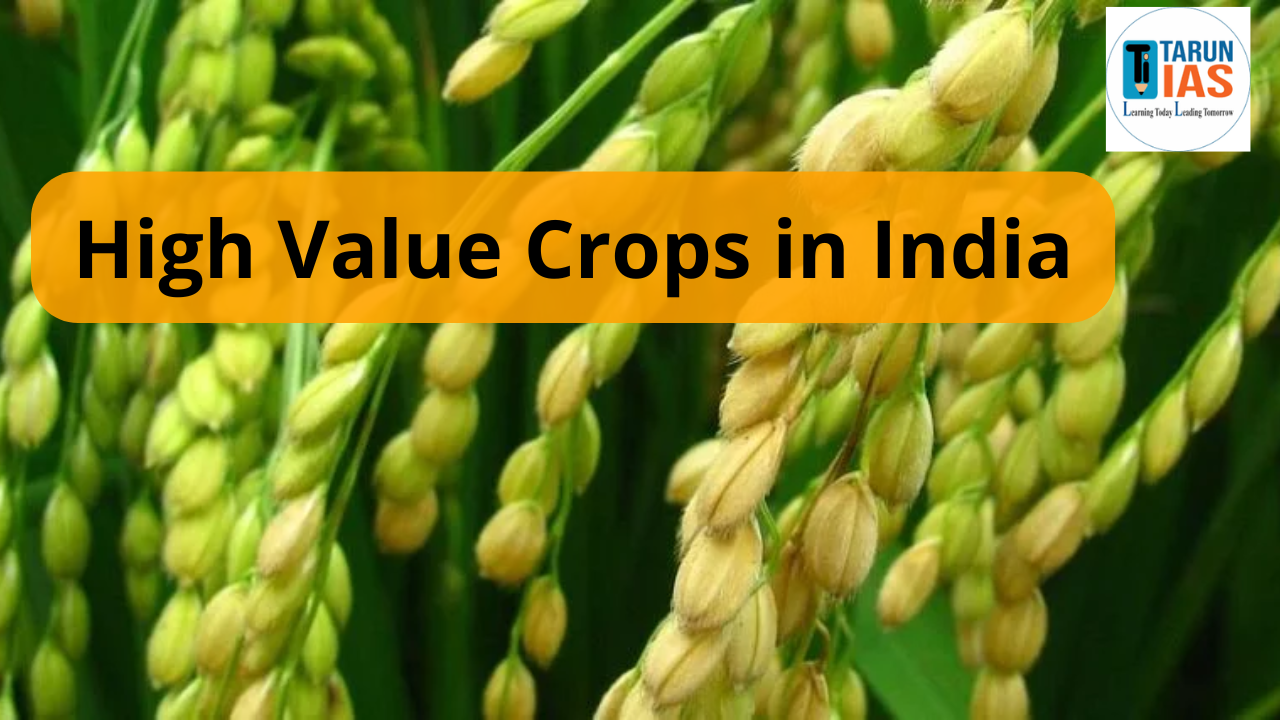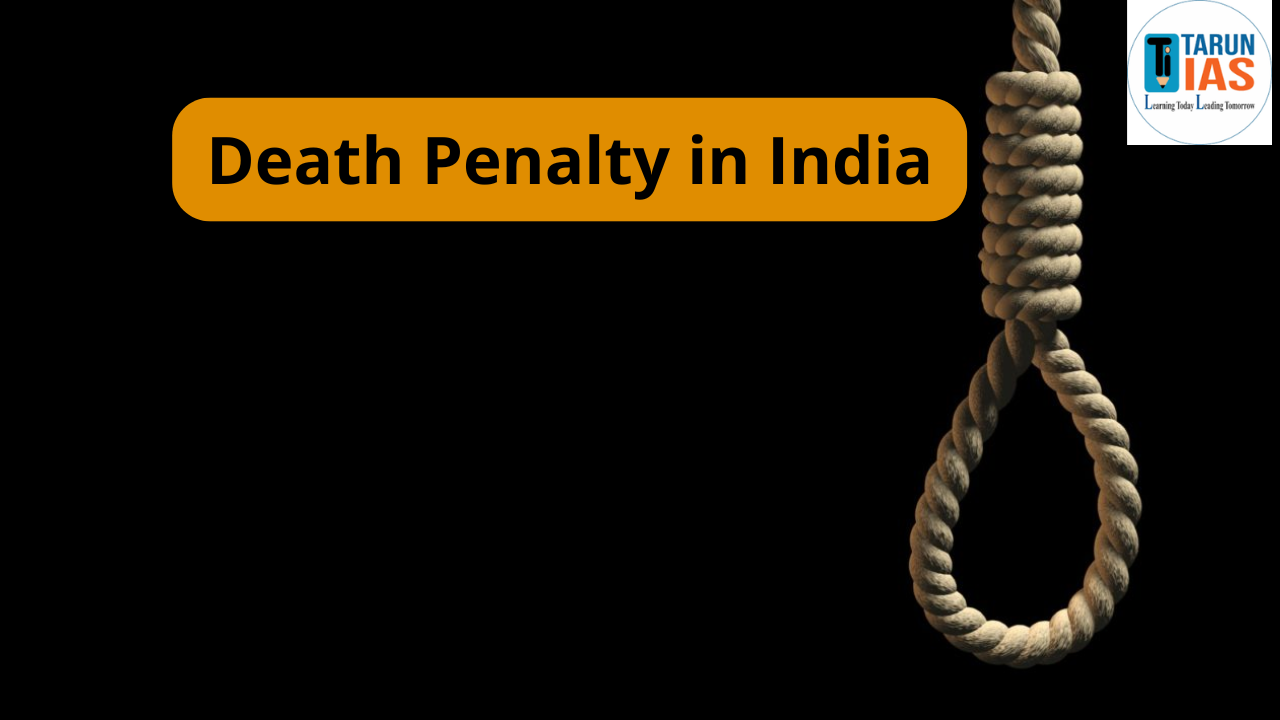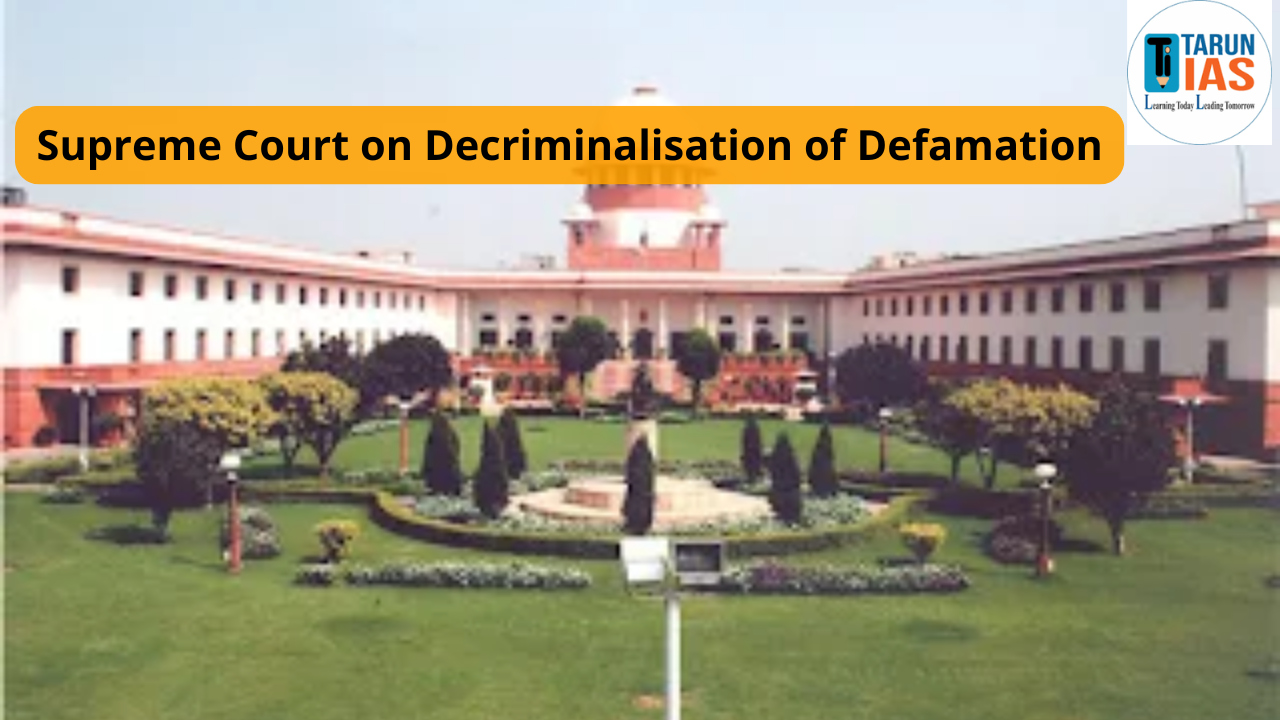The Union Public Service Commission (UPSC) conducted the UPSC Civil Services Preliminary Examination 2025 on May 25, comprising two papers: Paper I: General Studies (GS) – Morning Session (9:30 AM–11:30 AM) and Paper II: Civil Services Aptitude Test (CSAT) – Afternoon Session (2:30 PM–4:30 PM) across centers nationwide. This exam is crucial as it serves as the first filter in the multi-stage Civil Services Examination. The UPSC Prelims Exam Analysis 2025 covers both GS Paper I and CSAT Paper II, bringing you a detailed overview of the question distribution, subject-wise trends, and difficulty level to help candidates and future aspirants evaluate their performance and understand the evolving nature of the exam.
UPSC Prelims Exam Analysis 2025 Overview
The UPSC Prelims exam 2025 analysis will help candidates evaluate the difficulty level of the exam and estimate the expected cutoff. Aspirants preparing for next year’s exam will gain a realistic understanding of the exam environment. The UPSC exam analysis 2025 will be an eye-opener for those who did not expect the depth or complexity of the questions. Here is the difficulty level of all the sections from which questions were asked:
| Section | Number of Question Asked | Difficulty Level |
| History | Will be mentioned after the paper | Will be mentioned after the paper |
| Geography | Will be mentioned after the paper | Will be mentioned after the paper |
| Indian Economy
Indian Polity |
Will be mentioned after the paper | Will be mentioned after the paper |
| General Science | Will be mentioned after the paper | Will be mentioned after the paper |
| Current Events of National & International importance | Will be mentioned after the paper | Will be mentioned after the paper |
Enroll Now for UPSC Prelims Online Course
UPSC Prelims Exam Analysis Last 5 Years’ Trends (2020–2024)
To understand the evolving nature of the UPSC Prelims Examination, a review of the last five years’ trends provides valuable insights into subject-wise weightage and difficulty levels. Both Paper I (General Studies) and Paper II (CSAT) have shown a gradual shift towards analytical and application-based questions. Below is a detailed year-wise comparison of the question distribution and overall complexity from 2020 to 2024.
UPSC Paper I—General Studies (GS) Trends
The General Studies Paper I has consistently tested candidates on a broad spectrum of subjects, with a noticeable emphasis on Environment, Polity, and Current Affairs in recent years. The trend reflects UPSC’s shift toward analytical and interdisciplinary questions rather than rote memorization.
| Year | Polity | History | Geography | Environment & Ecology | Economy | Science & Tech | Current Affairs | Overall Difficulty |
| 2024 | 13 | 14 | 11 | 15 | 12 | 10 | 15 | Moderate to Difficult |
| 2023 | 14 | 12 | 12 | 17 | 10 | 9 | 16 | Moderate |
| 2022 | 12 | 13 | 13 | 14 | 13 | 8 | 17 | Moderate |
| 2021 | 15 | 12 | 10 | 13 | 11 | 11 | 18 | Difficult |
| 2020 | 13 | 13 | 12 | 14 | 12 | 9 | 17 | Moderate |
UPSC Paper II—CSAT Trends
The UPSC CSAT paper has steadily increased in complexity over the years, particularly in the comprehension and quantitative aptitude sections. While it remains a qualifying paper, its evolving pattern demands serious preparation, as many candidates struggle to clear the cutoff despite strong performance in Paper I.
| Year | Reading Comprehension | Quantitative Aptitude | Logical Reasoning & Puzzles | Data Interpretation | Decision Making | Overall Difficulty |
| 2024 | 27–30 questions – Long and inference-based | 22–24 – Tricky arithmetic and ratios | 12–14 – Venn, seating, blood relations | 4–5 – Graphs, multi-step | 3–4 | Moderate to Difficult |
| 2023 | 25–27 – Moderate length, tricky options | 20–23 – Time & work, SI/CI | 14–16 – Pattern-based, coding-decoding | 3–4 | 3 | Moderate |
| 2022 | 25 – Balanced, direct and inferential mix | 25–28 – Calculation-heavy | 10–12 – Logical sequences, assumptions | 3–5 | 2–3 | Moderate |
| 2021 | 30+ – Very lengthy, complex comprehension | 18–20 – Some tough calculations | 12–15 – Puzzles dominant | 3 | 2 | Difficult |
| 2020 | 25–27 – Simple but tricky | 26–28 – Heavy on arithmetic | 10–12 – Basic logic | 3–4 | 4–5 – Ethical scenarios | Moderate |
Enroll Now for UPSC Prelims Online Course
Conclusion
The UPSC Prelims Exam 2025, conducted on May 25, once again reaffirmed the Commission’s focus on conceptual clarity, analytical reasoning, and current relevance across both GS Paper I and CSAT Paper II. The detailed UPSC Prelims Exam analysis 2025 provides crucial insights into the subject-wise weightage, question trends, and overall difficulty level—highlighting the evolving and unpredictable nature of the exam. As the first and most competitive stage of the Civil Services Examination, Prelims 2025 tested not just knowledge, but also precision, time management, and adaptability. Candidates are advised to treat both papers with equal seriousness and build a well-rounded preparation strategy moving forward.
Looking for guidance in UPSC 2025 preparation? Enroll in the IAS courses offered by TarunIAS.
UPSC Prelims Exam Analysis 2025 FAQs
What was the overall difficulty level of the UPSC Prelims 2025 exam?
The overall difficulty level of the Prelims 2025 exam was Moderate to Difficult. GS Paper I featured analytical and current-based questions, while CSAT had lengthy comprehension and tricky quantitative problems, making both papers challenging for many candidates.
Were there more current affairs or static questions in GS Paper I?
The GS Paper I in 2025 had a balanced mix, but a noticeable emphasis on analytical static questions rooted in subjects like Polity, Environment, and History. Current affairs questions were blended with static concepts, requiring in-depth understanding rather than surface-level facts.
Is CSAT still just a qualifying paper in 2025?
Yes, CSAT remains a qualifying paper (minimum 33% marks or 66 out of 200), but its increasing difficulty means it can no longer be taken lightly. Many candidates have been eliminated in recent years for failing to clear CSAT despite strong GS Paper I performance.
What is the expected cutoff for UPSC Prelims 2025?
The official cutoff will be declared by UPSC after the final results. However, based on difficulty trends, the expected cutoff for GS Paper I may lie between 85–92 marks for the General category. This is only an estimate and may vary depending on the overall performance of candidates.
Which sections were most emphasized in GS Paper I 2025?
In 2025, the most emphasized sections were Environment & Ecology, History, Polity, and Current Affairs. Geography and Economy also had a fair share of questions, but science and tech saw slightly fewer, yet concept-based, questions.















